Hi Everyone,

In this post, I return to my Prevent, Solve, or Manage series. So far, I have defined Prevent, Solve, and Manage and I have applied this approach to health, crime, housing, and education. In this post, I discuss travel, transport and transportation systems.
What is transportation and why is it necessary?
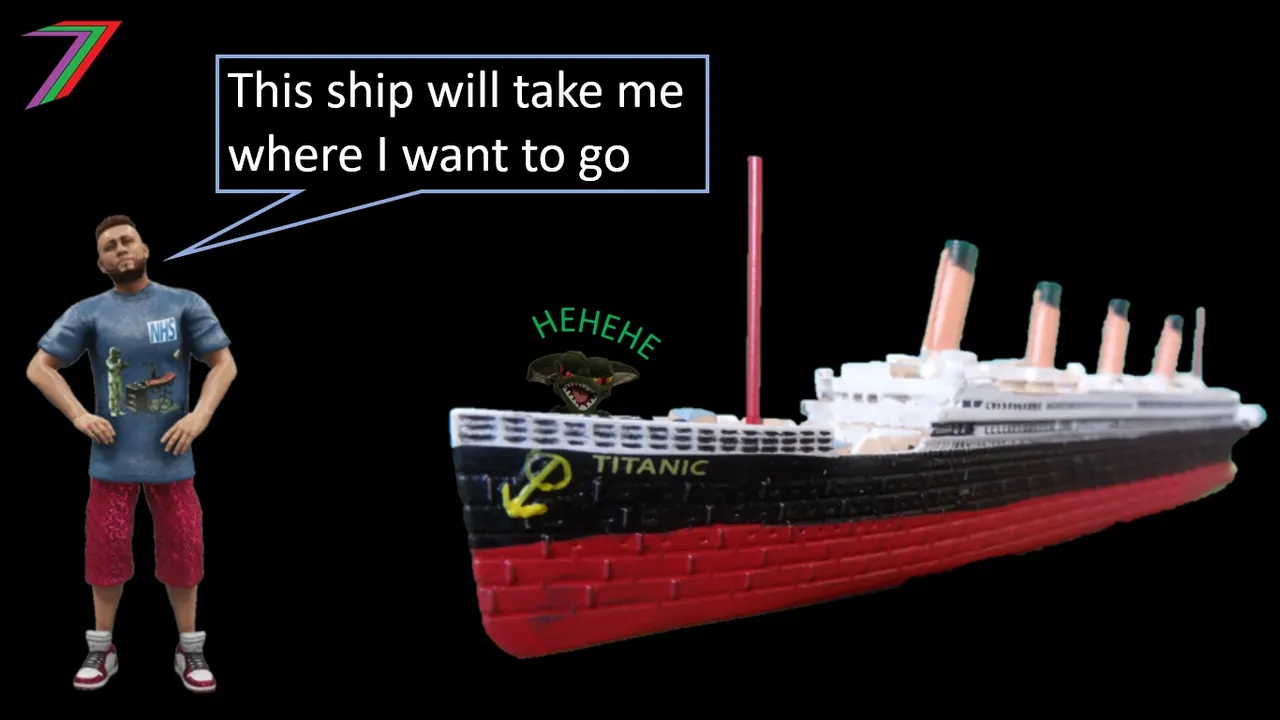
Transport is a vehicle that enables people or goods to travel between places. A transportation system facilitates the operation of vehicles. For example, a train is a vehicle and the rail infrastructure such as tracks, bridges, signals and stations are part of the transportation system. Transport and transportation systems can be either privately of publicly funded and owned.
Transport and transportation systems are necessary to connect people and goods physically. This physical interaction could relate to many different types of activities. These activities range from work, shopping, school, medical, social, tourism and entertainment. Goods need to be physically moved from one place to another or from one person to another.
Do we have a problem?
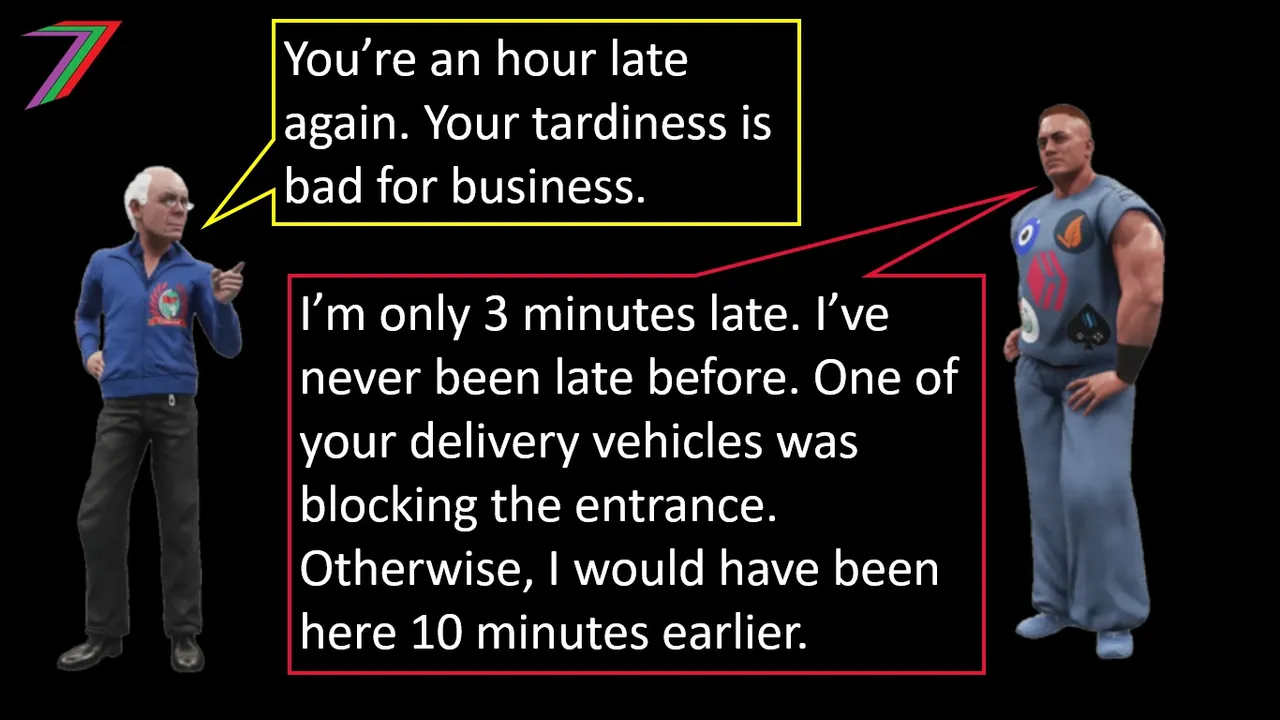
Demand for travel can typically be considered as derived demand. Travel is desirable for the outcomes it helps produce but mostly not desirable in itself. Travel is a means to an end. Ideally, we want to reduce the amount of travelling without reducing the benefits from the outcomes that transport and transportation make possible.
Transportation incurs costs. These costs can be broadly broken into five categories. These categories are as follows:
- Operating and maintenance costs of vehicles
- Costs of maintaining the infrastructure
- The cost of time taken to transport people or goods between locations
- Costs of accidents that could occur during a journey
- Costs of externalities (e.g. pollution and noise)
The costs associated with travelling should be defined as the problem.
In the United Kingdom, according to the National Travel Survey 2018, the number of trips and number of hours travelled per person has remained close to constant over the past 40 to 50 years. The number of miles travelled have significantly increased but have fallen over the past decade. See Figure 1 below.
Figure 1: Trends in trips, miles travelled and hours spent travelling
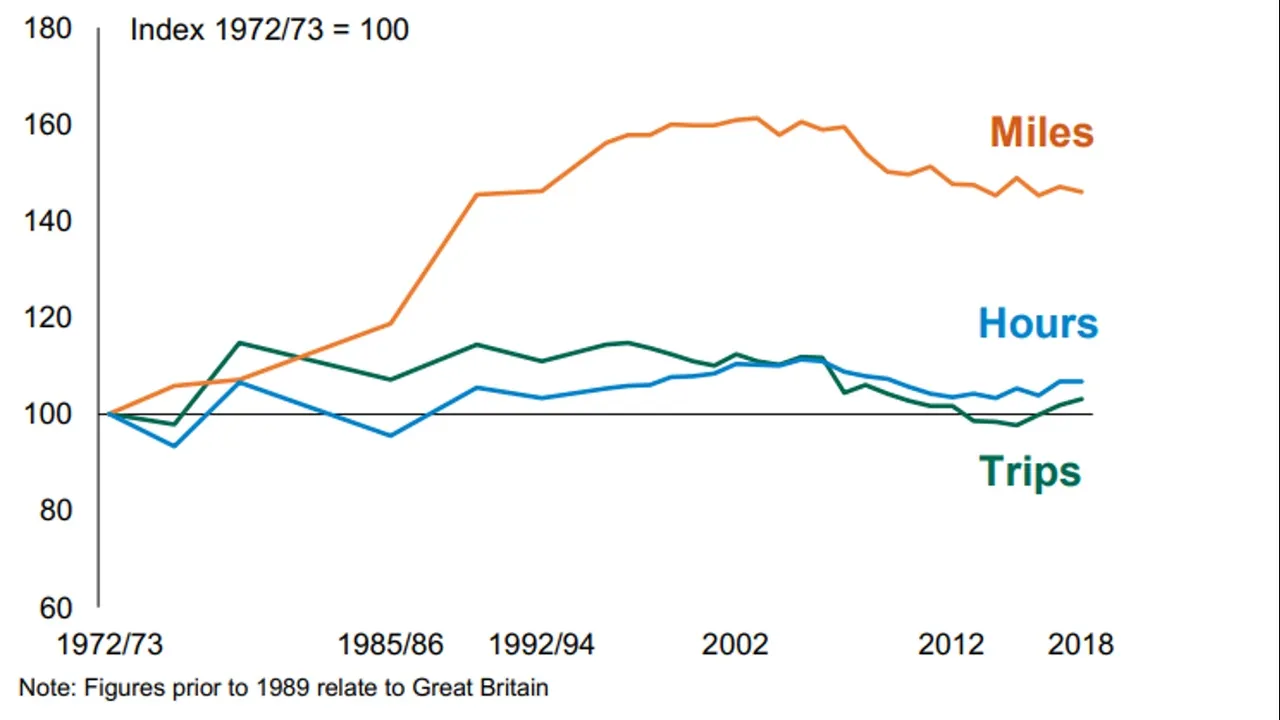
Source: UK Department for Transport
In the USA, according to the Survey of Travel Trends 2017, since the 1970s, both the number of trips and distance travelled per household has significantly increased (i.e. about 50%). However, for the first 20 years of the new millennium, these numbers have fallen slightly. See Table 1 below.
Table 1: Summary of US Household Travel Statistics
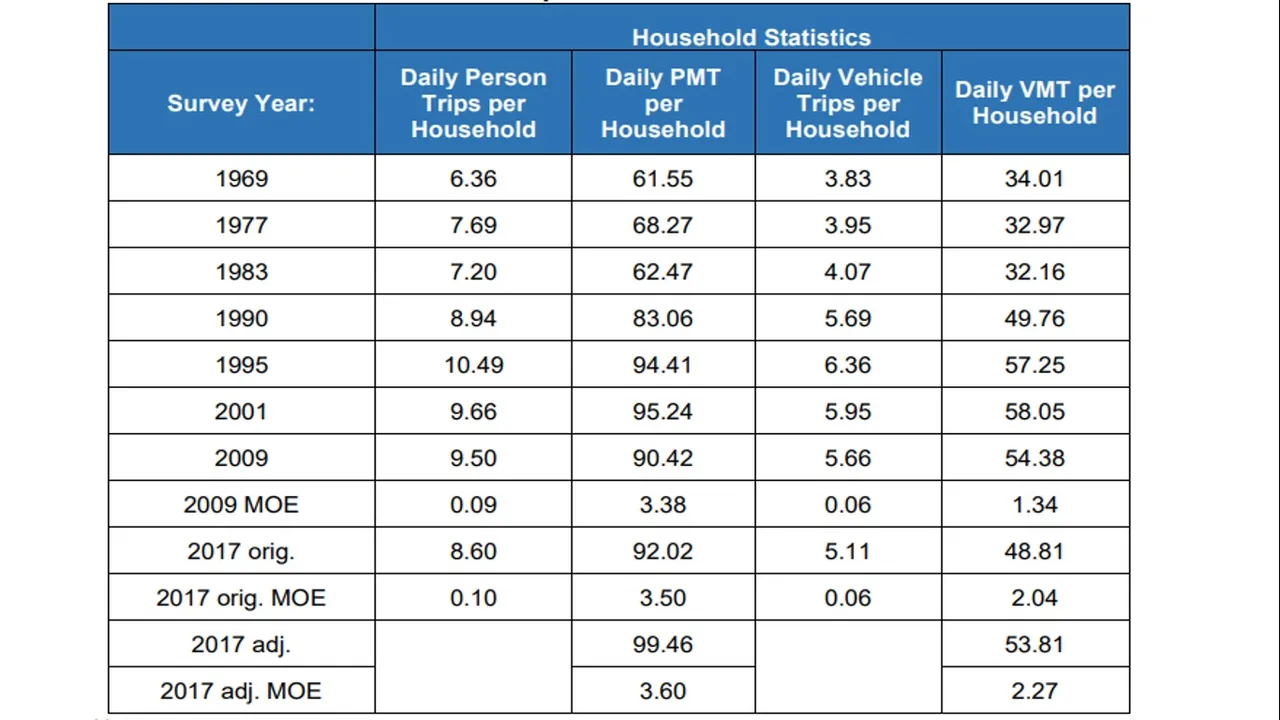
Source: 2017 National Household Travel Survey
Despite improving technology and rising incomes, countries such as the UK and USA have struggled to reduce the amount of travel per person and per household. Unless the average cost of travel per person falls by more than the increase in population, the overall cost of travel will increase.
Is transport and transportation a public or private good?
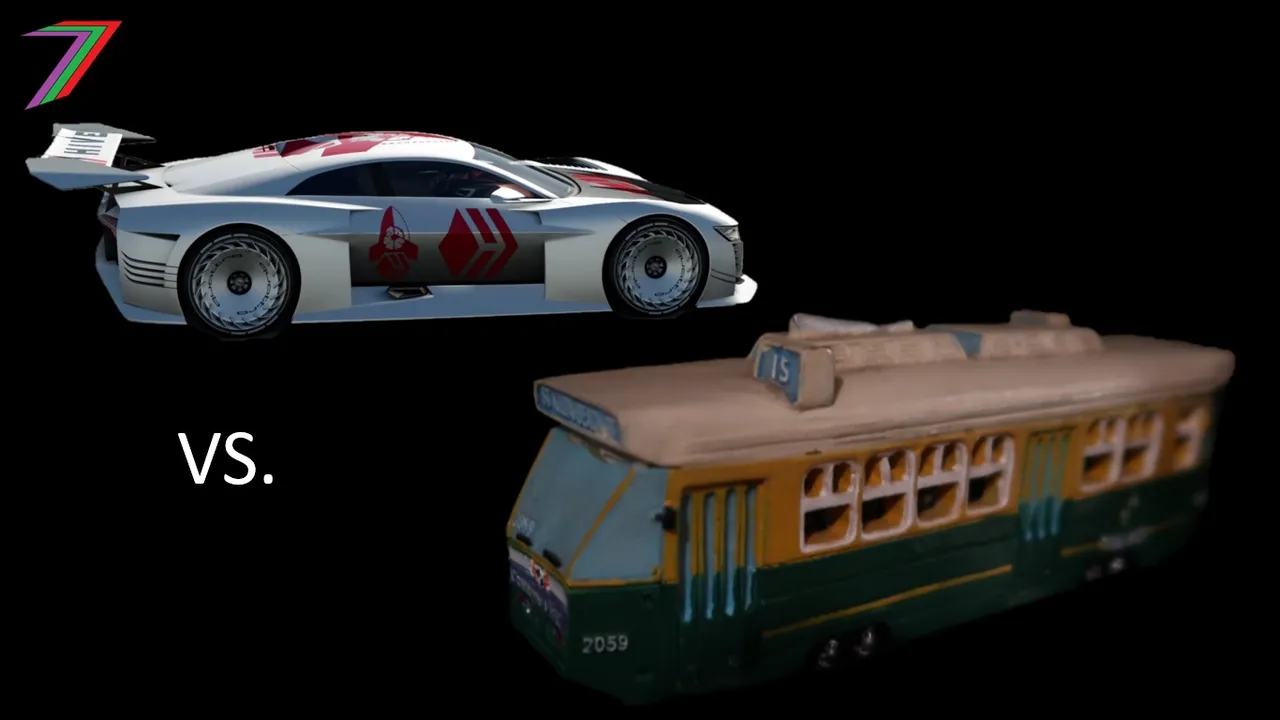
There is a possible market solution to providing transport and transportation. Transport can be considered a private good/service. It is excludable, i.e. you need to pay for it; you pay to buy a motor vehicle and you pay to board a bus or train. It is scarce, i.e. you occupying space on a train reduces the ability of others to occupy that space. Transportation can be considered a private good. It is excludable, i.e. you could be charged to drive your vehicle on a road or bridge. It is scarce, i.e. the space your vehicle occupies on the road affects other vehicles on the road.
For most countries transport and transportation is treated as both private and public goods. People own their motor vehicles. There are private bus services and coaches. Many commercial airlines are privately owned. However, there are also publicly owned buses, trains, and trams. Transportation infrastructure are often publicly owned. However, many countries have at least several privately owned transportation infrastructure; this may include toll roads and bridges. Some airports are privately owned such as the Charles de Gaulle Airport in Paris. The majority of ports in the United Kingdom are privately owned.
If transport and transportation can be defined as private goods and services, why does the Government often provide them? The costs of building, maintaining and operating transportation systems and networks is very high. For example, in 2017, the costs of operating the London Underground was over £3 Billion. Figure 2 contains the operating costs for transport in London.
Figure 2: Public Transport Operating Costs London, UK, 2015/2016 and 2016/2017

Source: Transport for London annual report
If private companies were to own transportation systems and networks, they are likely to operate with considerable monopoly power. Therefore, they are likely to be heavily regulated. Would a heavily regulated private monopoly be more efficiently run than a public owned monopoly?
How could we apply the ‘prevent, solve or manage’ approach?

I believe the ‘prevent, solve or manage’ approach can be used to generate solutions to transport problems. I have defined ‘prevent, solve or manage’ in the context of transport as follows:
- The prevent approach would involve preventing the need for travel.
- The solve approach would facilitate travel but would eliminate or greatly reduce the costs.
- The manage approach would focus on preventing the existing costs of travel from increasing.
Prevent
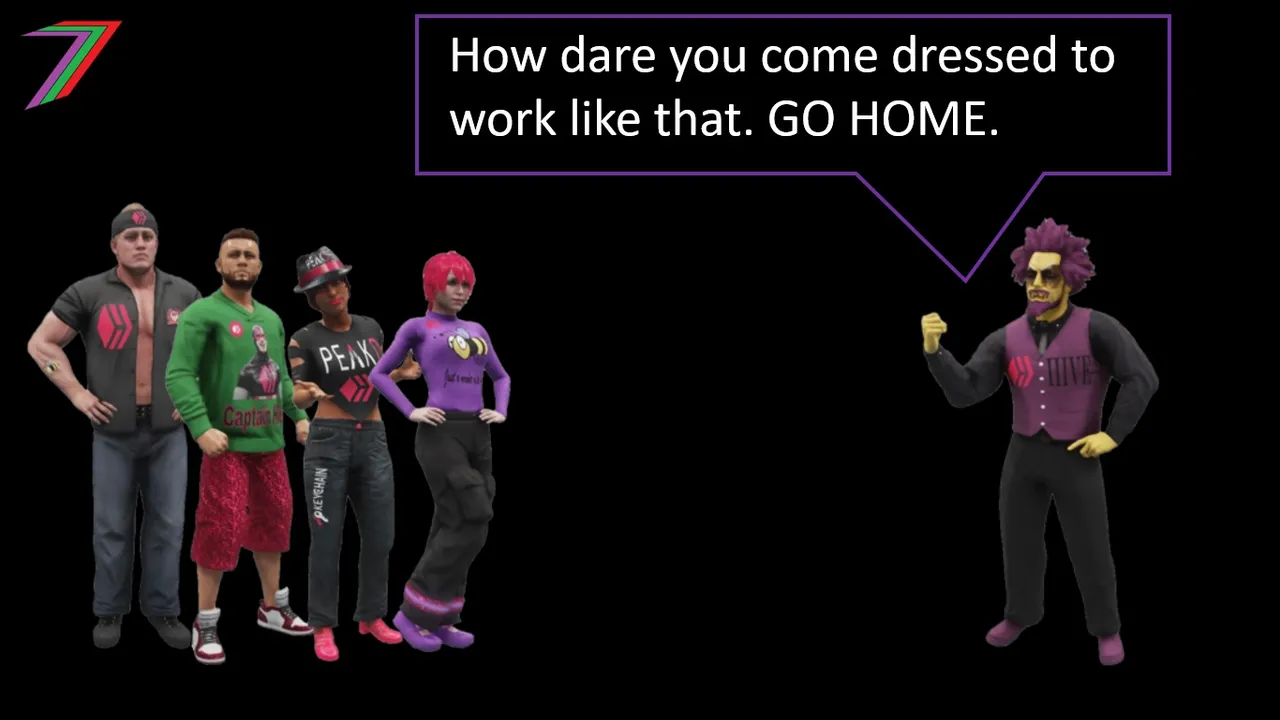
What forms of travel can be prevented? For the purpose of this post, let us focus on travel in regards to work, shopping, social, tourism and entertainment.
In the context of work, preventing travel would involve people working from home. This would only be possible for jobs that enable work to be performed remotely without direct person-to-person contact. For many jobs that is only partially possible and for some jobs it is not possible at all. Improved technology and the development of the internet has greatly increased the possibilities for working remotely.
In the context of shopping, preventing travel could involve shopping online. Many companies have online websites, which can be used to order goods. However, delivering the goods to the buyer still requires some form of travel. 3-D printing could also enable people to print their own goods rather than travelling to get them or the freight movement involved in receiving them.
In the context of social, preventing travel would involve people socialising with each other through technology. This technology would enable communication through written word, audio, and video. There are many social media websites that facilitate online socialising. However, many people do not consider online socialising as a great substitute to in-person socialising. There are many aspects of socialising that technology does replicate particularly well.
In the context of tourism, travelling is often part of the experience and enjoyment. Tourism without physical travel is not practical. Television programs, videos and photographs are a poor substitute for actual physical travel. Even virtual reality travelling would be inferior to physical travel. However, a very high quality virtual reality experience might satisfy some people.
In the context of entertainment, preventing travel would involve people switching from live entertainment to pre-recorded entertainment. Instead of visiting cinemas, theatres, concerts, sports events, parties, or clubs. People would entertain themselves with television shows and movies, internet entertainment, video games, video and music streaming services, and purchased video and music compact discs. Entertainment and social events are often combined. For example, socialising at the pub and listening to live music. Home entertainment often lacks the social element that accompanies entertainment outside the home.
Solve

Solve approach would involve reducing the costs of travelling without eliminating travelling altogether. As with the ‘prevent’ approach, let us focus on travel in regards to work, shopping, social, tourism and entertainment.
In the context of work, costs of travelling can be reduced by reducing the need for travel. This could be done by conducting work at a location closer to home. Businesses could setup satellite branches where people from a particular area can congregate. Travel to more central locations could be reduced to a few days a week. This travel arrangement could be coordinated with other businesses so that travel would not be on the same day, therefore causing less congestion. Flexible working hours could also reduce congestion if work-related travel is more evenly spread across the day.
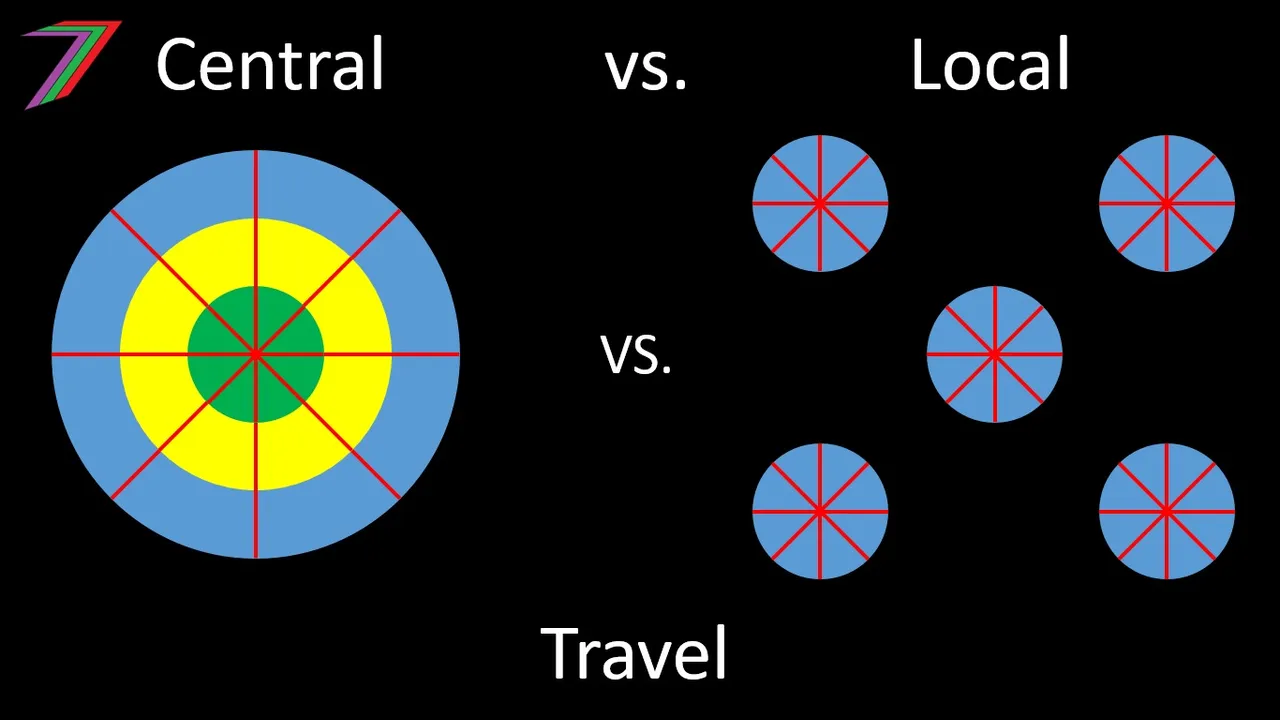
In the context of shopping and entertainment, we can look at choices made by businesses and consumers. Businesses can choose to locate out of central locations to local neighbourhoods or out-of-town shopping areas. Therefore, travelling for shopping and entertainment purposes can occur out of the more congested city areas.
In the context of social, costs of travelling can be reduced in several ways. People can choose to meet up in areas that have a lower population and business density. People could choose to meet up less frequently by substituting in-person socialising to online socialising as discussed under ‘prevent’. People could choose to travel together to a meeting place rather than travel individually (e.g. carpooling).
In the context of tourism, some forms of travelling can be considered part of the experience while other forms can be considered less desirable. For example, travelling round an area sightseeing is desirable while travelling on an aeroplane to begin a vacation is generally not desirable. Travel plans can be arranged to reduce the amount of undesirable travel. For example, people could have longer vacations for destinations that are far away. This would provide an opportunity to visit many places within the same region. People could also choose to have shorter vacations closer to home in order to reduce travel time, distance, and cost.
Improving technology can reduce the costs for all forms of travel. These technologies could include autonomous vehicles, high-tech public transport, rockets, flying cars and Hyperloop (Hyperloop is a sealed tube or system of tubes with low air pressure through which a pod may travel substantially free of air resistance or friction, (Wikipedia).
Manage
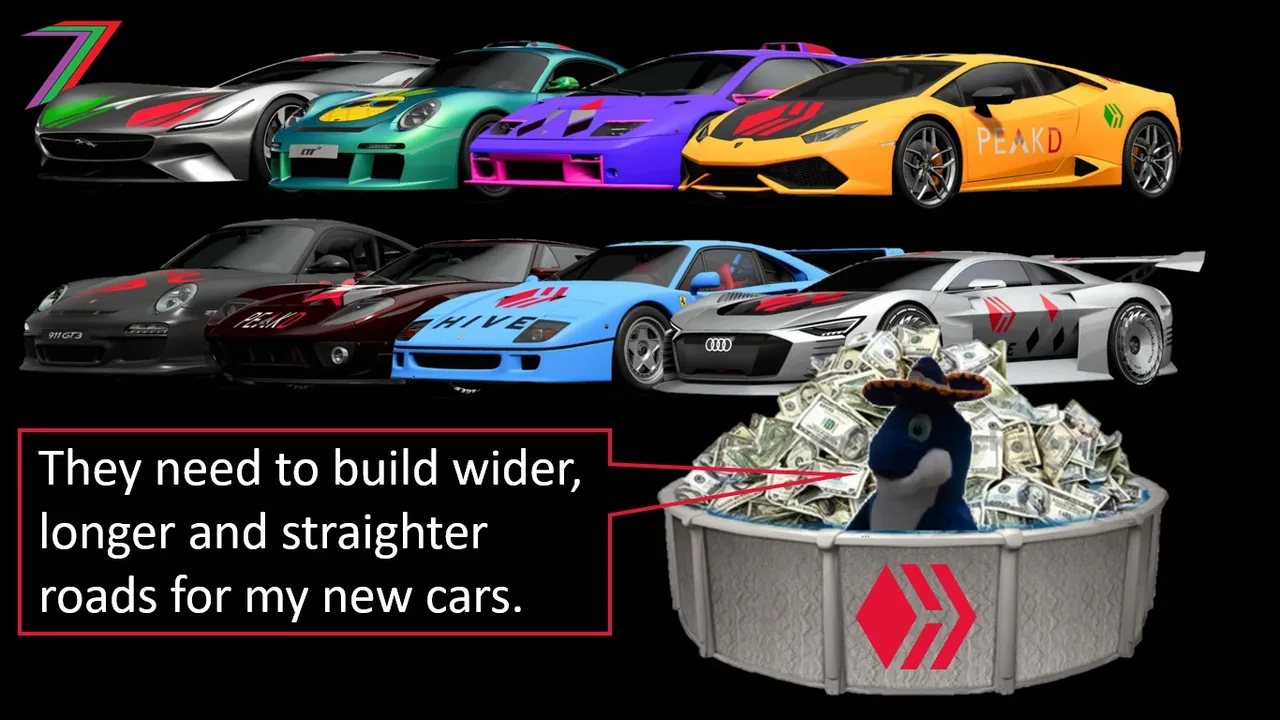
The 'manage' approach would focus on preventing the existing costs of travel from increasing. The 'manage' approach involves adjusting the capacity of the network to meet changing demands. In most cases, this involves increasing capacity as demand for travel increases in line with population growth. Transportation of freight generally increases in line with income. Maintaining the quality of the existing network is also important. This would involve ensuring infrastructure does not fail and that the transport using the network operates to at least the same level.
Increasing the capacity of the transportation network involves expanding or adding to the existing network. For motor vehicles, this could mean adding more lanes to existing roads or building new roads. For trains, this could involve adding an extra line or station to an existing route or creating a new route to another location. For air travel, this could involve adding new runways to existing airports or building new terminals or airports.
Where does transport and transportation fit into the Prevent, Solve, or Manage Model?
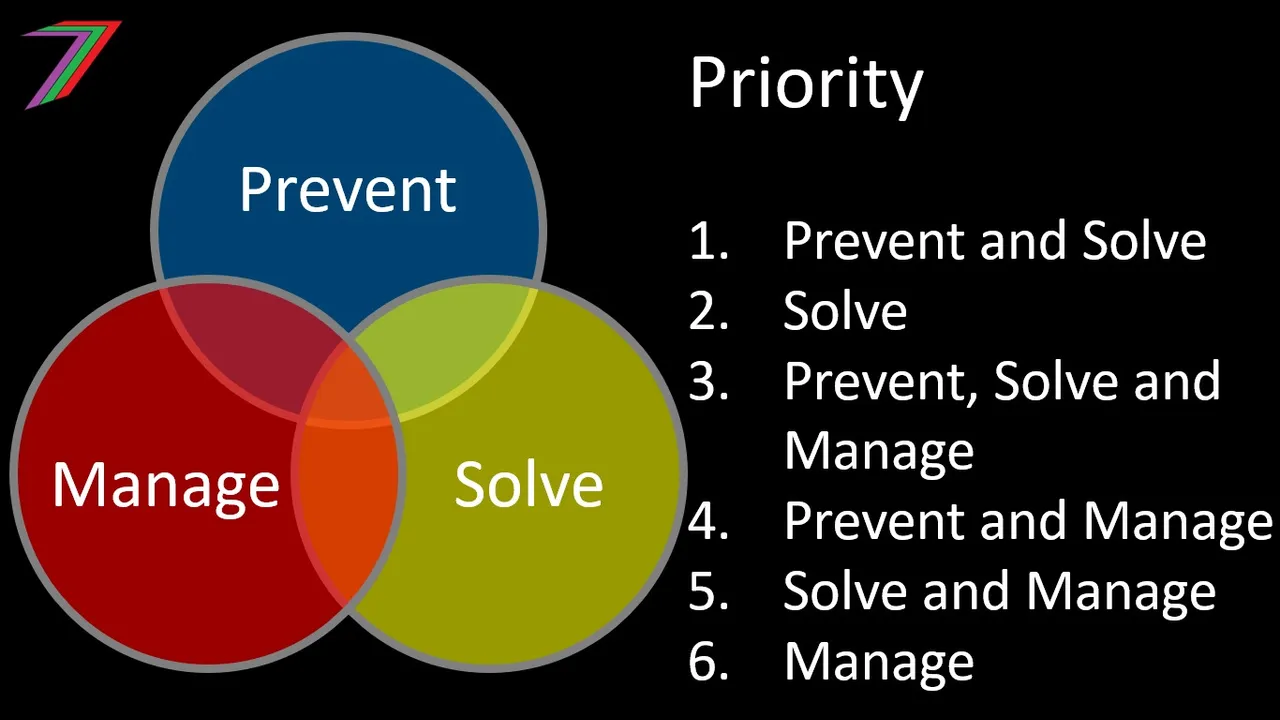
The priority of ‘prevent’ followed by ‘solve’ followed by ‘manage’ should roughly hold as described in my post Prevent, Solve or Manage. Even though ‘prevent’ would be the preferred option, in most cases, prevent only addresses part of the problem or the problem under particular circumstances. Therefore, a combined ‘prevent’ and ‘solve’ approach is the most likely preferred option. For example, working from home can be combined with flexible or coordinated onsite working hours.
The next best option would be the ‘solve’ option. Technology could result in very fast low cost travel. The YouTube video The Future Of Transportation - Incredible Technology To Come, describes the possible developments in transportation technology for the next 30 years.
It is also possible that the ‘prevent’ and ‘solve’ options only address part of the problem. Therefore, a combination of ‘prevent, solve, and manage’ might be necessary. For example, an urban area that offers many services. Some of the administrative work could be done from home (prevent). Meetings could be arranged at times to reduce travel for staff such as between shifts (solve). The council for the urban area could upgrade transport infrastructure to manage increased demand for in-person services provided in the area.
In some cases, ‘prevent’ options are not available at all. Therefore, a combination of ‘solve and manage’ are required. For example, international tourism. New aircraft could be developed, which would greatly reduce the costs of travel. Airport infrastructure could be upgraded to cater for increased tourism because of the decreased costs of travel.
The worst-case scenario is to implement ‘manage’ options only. ‘Manage’ options are very commonly used by many Governments. ‘Manage’ options such as increasing the size of transport networks are normally only effective temporarily. We often see induced demand cause the new infrastructure to become saturated while causing costs of travel to increase by more than what it was before the new infrastructure was put in place (Best and Davies 2013). The 'manage' option could also result in the highest overall response costs of the three options discussed.
Quick of Summary of Key Points
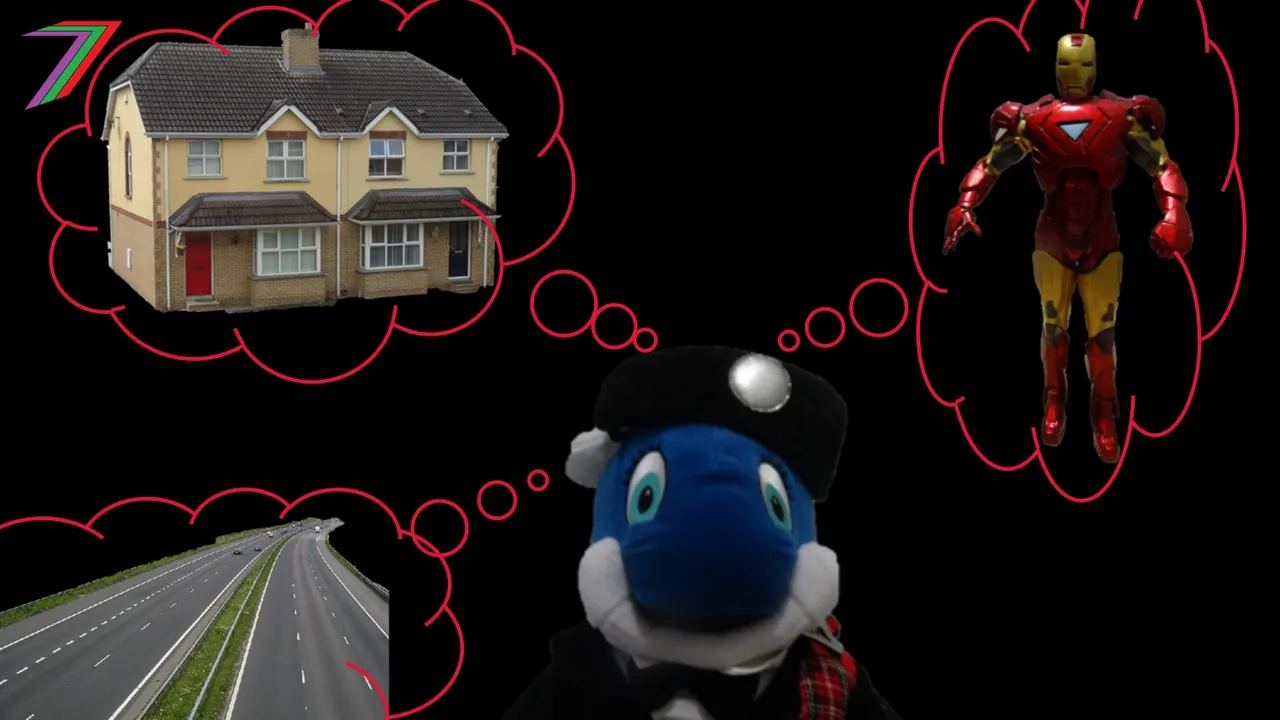
- Travel is an important function that enables many activities to be conducted.
- Demand for transport is derived demand. This means that transport is generally required because of the demand for something else.
- As demand for transport usage is a derived demand, it might be desirable to eliminate it.
- Travelling incurs many types of costs. These include monetary costs to users such as fuel costs and vehicle maintenance costs. These include opportunity costs such as time taken to reach the destination. These even include costs imposed on non-users such as pollution, noise or harm to bystanders from crashes.
- Transport and transportation can be defined as private goods and services but high costs often result in them being controlled by the public sector.
- The ‘prevent, solve, and manage’ approach has been adopted to provide possible responses to the problems caused by travel.
- The prevent approach would involve preventing the need for travel.
- The solve approach would facilitate travel but would eliminate or greatly reduce the costs.
- The manage approach would focus on preventing the existing costs of travel from increasing.
- As the purpose for travel is greatly diverse, it is likely that a combination of ‘prevent’ solve, and manage’ is going to be needed to reduce the costs of travelling. However, the order of approaches, even if in combinations, should remain as explained in previous posts as ‘prevent’ followed by ‘solve’ followed by ‘manage’.
More posts

If you want to read any of my other posts, you can click on the links below. These links will lead you to posts containing my collection of works. These 'Collection of Works' posts have been updated to contain links to the Hive versions of my posts.
Future of Social Media






